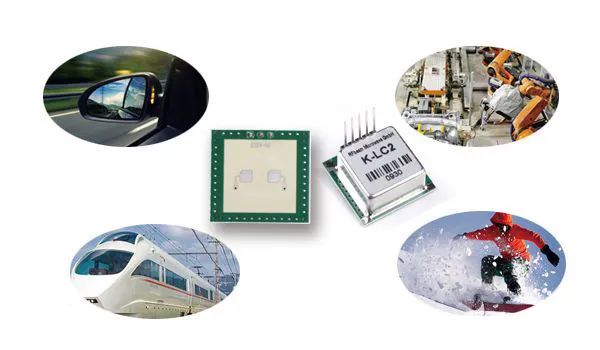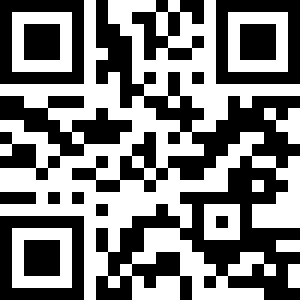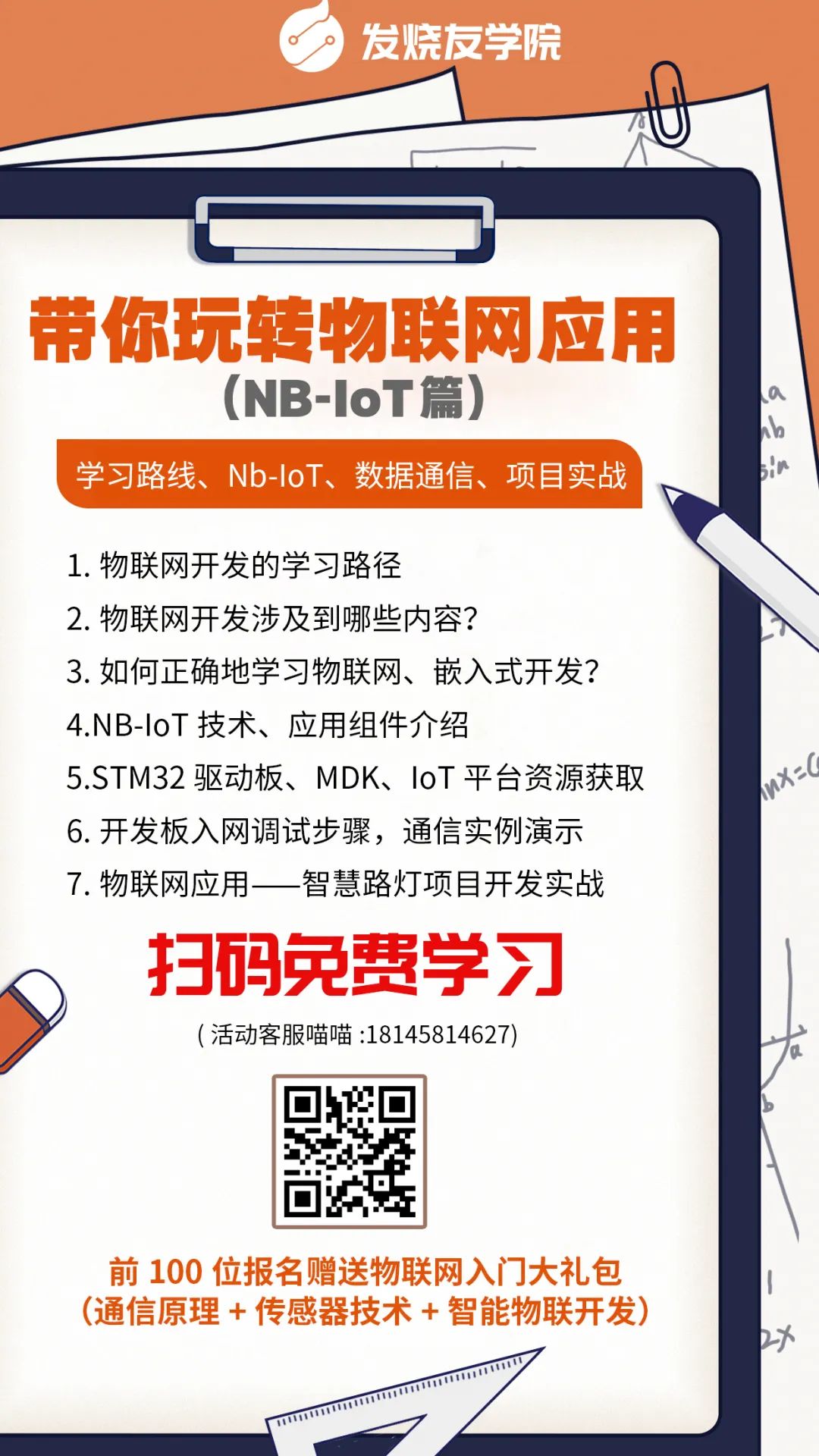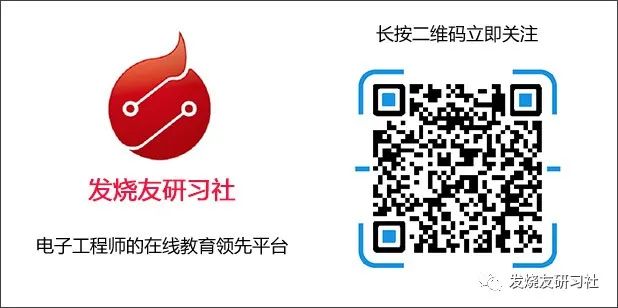The Internet of Things (IoT) is widely applied in the integration of networks through intelligent perception, recognition technologies, and ubiquitous computing. It can be understood as the “Internet of Things,” which has two meanings: first, the core and foundation of IoT is still the Internet, which is an extension and expansion of the network based on the Internet; second, at the user end, it extends and expands to any item, enabling information exchange and communication between items, which is also known as item interconnection. The IoT connects all items to the Internet through information sensing devices such as angle sensors, radio frequency identification (RFID), and infrared sensors to achieve intelligent recognition and management. This represents another revolution in the information industry following computers, the Internet, and mobile communication networks, where sensor technology is one of the key technologies of IoT.
Factory automation and overall efficiency are understandably receiving significant attention, as even a slight increase in productivity can bring positive benefits, and equally importantly, it can reduce or eliminate the severe losses caused by equipment downtime. Now, we can achieve real-time analysis and control through advancements in detection and wireless transmission technology, rather than solely relying on the progress of analytical techniques or merely enhancing training for technicians.
Precision industrial production processes increasingly rely on the efficient and reliable operation of motors and related machinery. Imbalances, defects, loose fasteners, and other anomalies in machinery often manifest as vibrations, leading to decreased accuracy and potential safety issues. If left unattended, aside from performance and safety issues, any downtime for equipment repair will inevitably result in lost productivity. Even minor changes in equipment performance, which are often difficult to predict in a timely manner, can quickly translate into significant productivity losses.

It is well known that process monitoring and condition-based predictive maintenance are effective methods to avoid productivity losses, but the complexity of these methods is on par with their value. Existing methods have limitations, particularly when it comes to analyzing vibration data (regardless of how obtained) and identifying sources of error.
Typical data acquisition methods include simple piezoelectric sensors mounted on machines and handheld data acquisition tools. These methods have various limitations, especially when compared to an ideal comprehensive detection and analysis system solution, which can be embedded within or on machines and operate autonomously. Below, we will delve into these limitations and compare them with the ideal solution—autonomous wireless embedded sensors. An analysis of the options for complex systems targeting fully embedded autonomous detection elements can be divided into ten different aspects, including achieving high repeatability in measurements, accurately assessing collected data, appropriate documentation, and traceability, among others. Each aspect will be explained, and available methods versus ideal methods will be discussed.
Accurate and Repeatable Measurements
Existing handheld vibration probes have certain advantages in implementation, including not requiring any modifications to the end device, and their relatively high integration, larger size, and sufficient processing power and storage space. However, a major limitation is that the measurement results are not repeatable. A slight change in probe position or angle can produce inconsistent vibration profiles, making precise temporal comparisons difficult. Therefore, maintenance technicians need to first determine whether the observed vibration deviation is due to actual changes within the machine or simply due to variations in measurement techniques. Ideally, sensors should be compact and fully integrated, capable of being permanently embedded within the target device to eliminate measurement position deviation issues and allow complete flexibility in scheduling measurement times.
Frequency and Timing of Measurements
In production facilities for high-value equipment, such as manufacturing sensitive electronic components, process monitoring is extremely beneficial. In such cases, even minor deviations on the assembly line can not only lead to reduced factory productivity but may also cause critical specifications of the final product to deviate. Another obvious limitation of the handheld probe method is the inability to indicate problematic vibration deviations in real time. Most piezoelectric sensors are similar in that they generally have very low integration (sometimes with only one sensor) and require data to be sent elsewhere for analysis. These devices require external intervention, which can lead to missing some events and vibration deviations. Autonomous sensor processing systems, on the other hand, integrate sensors, analysis, storage, and alarm functions while remaining small enough to be embedded in the device, capable of immediately notifying of vibration deviations and optimally displaying time-based status trends.
Understanding Data
The concept of embedded sensors issuing real-time notifications can only be realized through frequency domain analysis. Typically, any device has multiple sources of vibration, such as bearing defects, imbalances, and gear meshing, as well as vibration sources arising from design, such as those produced by drills or presses during normal operation. Time-based analysis generates a complex waveform that integrates all these vibration sources, making the information difficult to discern before performing FFT analysis. Most piezoelectric sensor solutions rely on external FFT computation and analysis. This not only makes real-time notifications impossible but also shifts most additional design work onto the device developers. However, if the sensor is embedded with FFT analysis capabilities, it can instantaneously determine the specific source of vibration deviations. Such a fully integrated sensor element can also shorten the development time for device developers by 6 to 12 months, as it is fully featured, simple, effective, and operates autonomously.
Data Access and Transmission
Embedded detection can perfectly provide precise real-time trend data, but this does not increase the complexity of transmitting data to remote process controllers or operators. The premise for embedded FFT analysis is clearly that the analog sensor data has been conditioned and converted to digital data to simplify data transmission. In fact, most vibration sensor solutions currently in use only provide analog output, leading to a degradation in signal quality during transmission, not to mention the complexity of offline data analysis (as discussed above). Considering that most industrial equipment requiring vibration monitoring often exists in high noise, motion, inaccessible, or even hazardous environments, there is a pressing need in the industry to reduce the complexity of interface cabling while also performing as much data analysis work as possible at the source to capture the most accurate information about the equipment’s vibration state. Sensor nodes with wireless transmission capabilities not only facilitate immediate access but also greatly simplify the deployment of sensor networks and significantly reduce costs.
Data Directionality
Many existing sensor solutions are single-axis piezoelectric sensors. These sensors do not provide directional information, which limits our understanding of the equipment’s vibration profile. The lack of directionality necessitates the use of very low-noise sensors to provide the required resolution, which in turn affects costs. Multi-axis MEMS sensors, on the other hand, if precisely aligned across axes, will significantly enhance the ability to identify vibration sources while also helping to reduce costs.
Sensor Location and Distribution
The vibration profile of equipment is very complex, varies over time, and can differ based on material and location. Determining where to place sensors is crucial, with the main deciding factors being the type of equipment, the environment, and the equipment’s lifecycle. When using existing high-cost sensor elements, the number of detection points is limited to a few or even one, making this issue even more critical. This leads to significantly prolonged initial development times, as repeated experimentation is needed to determine the optimal placement. However, in most cases, the consequence is that the quantity and quality of data collected will be affected. Fortunately, there are now more highly integrated and significantly lower-cost sensor probes available, allowing multiple probes to be placed within each system, thereby shortening initial development time and costs, or meeting requirements with fewer, lower-cost probes.
Adapting to Lifecycle Changes
The handheld monitoring system method can be adjusted based on time changes (cycle, data volume, etc.), while providing the same lifecycle-based adjustments in embedded sensors must be considered during the initial design and deployment phase to achieve the required adjustable functionality. Regardless of the technology used, the sensor element is crucial, but even more important is the signal conditioning and processing circuitry surrounding the sensor. Signal/sensor conditioning and processing not only depend on the specific device but also on the device’s lifecycle. This involves various important considerations in sensor design. First, analog-to-digital conversion processing is best performed early (at the sensor head, rather than outside the device) to support system configuration and adjustment. Ideally, sensors should provide a simple programmable interface that simplifies device setup, filtering operations, alarm programming, and testing of different sensor positions through rapid baseline data acquisition. For existing simple sensors, even if they can be configured during device setup, sensor settings still must make some compromises to adapt to changes in maintenance focus throughout the device’s lifecycle. For example, sensors should ideally be configured for earlier stages where the likelihood of device failure is low, or for later stages where the likelihood of failure is higher and more hazardous. It is best to use sensors that can be programmed within the system to adjust configurations as the lifecycle changes. For example, early monitoring is relatively sparse and consumes minimal power; after observing changes (warning thresholds), it is reconfigured to frequent monitoring mode (monitoring cycles set by the user); in addition to continuous monitoring, it also provides interrupt-driven notifications based on user-set alarm thresholds.
Identifying Changes/Trends in Performance
Sensors adapt to changes in the device’s lifecycle to some extent based on understanding the baseline response of the device. Baseline device responses can be obtained using simple analog sensors, allowing operators to perform measurements, conduct offline analysis, and store this data offline with appropriate markers at specific devices and probe locations. A better and less error-prone approach is to store baseline FFT data in the sensor head, ensuring that data is never misplaced. Baseline data also aids in determining alarm levels, which should ideally also be programmed directly on the sensor to generate real-time interrupts if warning or fault conditions are detected during subsequent data analysis and collection.
Data Traceability and Documentation
In a factory environment, a suitable vibration analysis program may need to monitor dozens or even hundreds of locations, whether through handheld probes or embedded sensors. Throughout the lifecycle of a device, thousands of records may need to be obtained. The integrity of a predictive maintenance program depends on the proper mapping of the sensor collection points’ locations and times. To minimize risk and obtain the most valuable data, sensors should have unique serial numbers and embedded memory, and be capable of timestamping data.
Reliability
The above discussion focuses on ways to improve existing sensor vibration monitoring methods related to process control and predictive maintenance. Regarding fault tolerance and monitoring, the sensors themselves should also be examined in detail. What if a sensor fails (performance changes) rather than the device? Or how confident can we be in the continuous normal operation of the sensor if we use completely autonomous working sensors (the ideal method described above)? For many existing sensors, such as piezoelectric sensors, this indeed poses significant limitations, as they cannot provide any self-test functionality within the system. Over time, there will inevitably be a lack of confidence in the consistency of the recorded data. In critical monitoring phases towards the end of the device’s lifecycle, real-time fault notifications are extremely important in terms of time, cost, and safety, and the operational status of the sensor will undoubtedly be a point of concern. A fundamental requirement for a high-reliability process control program is the ability to perform remote self-testing of the sensor. Fortunately, some MEMS-based sensors can achieve this. Embedded digital self-testing capabilities thus fill the last gap in reliable vibration monitoring systems.
Limited Time Free! Experts Guide You Through IoT Sensor Technology Applications
To help everyone systematically learn IoT technology development, master the development and application of interconnected sensor technology, and understand the correct learning path and methods for getting started with IoT, as well as gain a systematic understanding of the narrowband IoT (NB-IoT) project development and platform resource applications, the following video course is shared for free during the event! The first 100 registered users will also receive: in-depth communication principles, IoT sensor technology and applications, intelligent IoT project development practice, e-books of classic foreign works on NB-IoT development, and other rich learning packages!
Long press the QR code to receive now!

Long press to save the poster to your phone

Event Customer Service Consultation Meow Meow

